Diet Essentials for a Healthy Pearl Cockatiel: A Comprehensive Guide
Uncover the key diet essentials for a healthy Pearl Cockatiel with our comprehensive guide, from seeds to supplements and more. Enjoy reading!
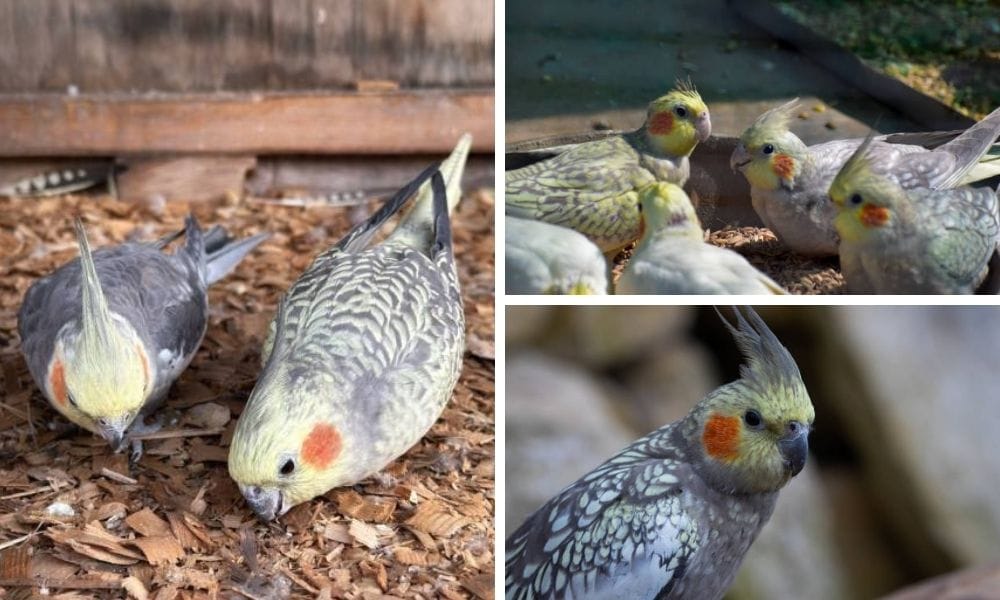
Key Takeaways:
- Understanding the specific dietary needs of pearl cockatiels is crucial for their health and longevity.
- A balanced diet for these pet birds includes a variety of seeds, fruits, vegetables, and protein sources.
- Regular monitoring and adjustments to the diet can prevent common health issues like fatty liver disease.
Pearl cockatiels, with their striking grey feathers and distinctive orange cheek patches, are a popular variation within the cockatoo family. These birds, known for their docile personalities and beautiful markings, require a well-rounded diet to maintain their health and vibrant plumage. In this article, we'll explore the diet essentials for keeping your cockatiel healthy and happy.
Understanding Pearl Cockatiels
Pearl cockatiels, also known as laced cockatiels or opaline cockatiels, are a color mutation of the wild cockatiels. They exhibit a unique pattern of scalloped feathers, often in shades of cinnamon brown color, light blue gray feathers, or even golden pearls. The males lose the pearl patterning after their first molt, which can make sexing young birds a challenge.
These birds are not only admired for their beauty but also for their friendly nature. Many breeders and bird owners are drawn to the pearly cockatiels for their warm tans and yellowish infusion that adds to their charm. It's essential to provide these pet birds with a habitat that mimics their natural environment, including a spacious flying cage and a diet that meets their nutritional needs.
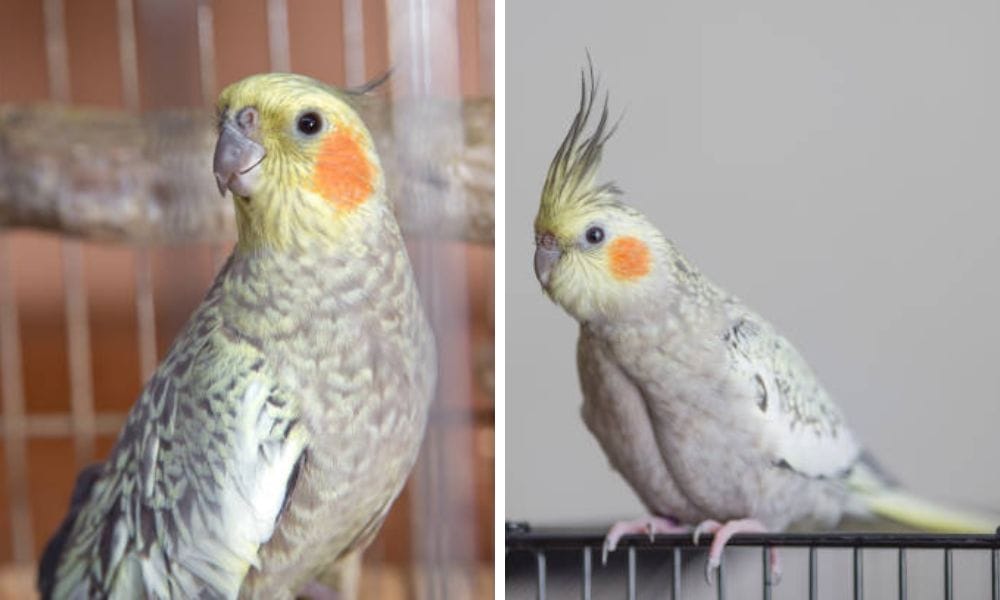
The Importance of a Balanced Diet
A balanced diet is crucial for maintaining the health of pearl cockatiels. These birds are prone to obesity and fatty liver disease if fed an improper diet. To prevent these issues, it's important to offer a variety of foods that cater to their nutritional requirements.
The diet of cockatiels should consist of high-quality seeds, fresh fruits and vegetables, and an appropriate amount of protein. This variety ensures that they receive all the necessary vitamins and minerals to support their body functions and maintain their lustrous feathers.
Seeds: A Staple in Their Diet
Seeds are a staple in the diet of most cockatiels. However, it's important to provide a seed mix that is specifically formulated for cockatiels to ensure it contains the right balance of nutrients. Many birds can develop bad habits of only eating their favorite seeds, which can lead to nutritional deficiencies.
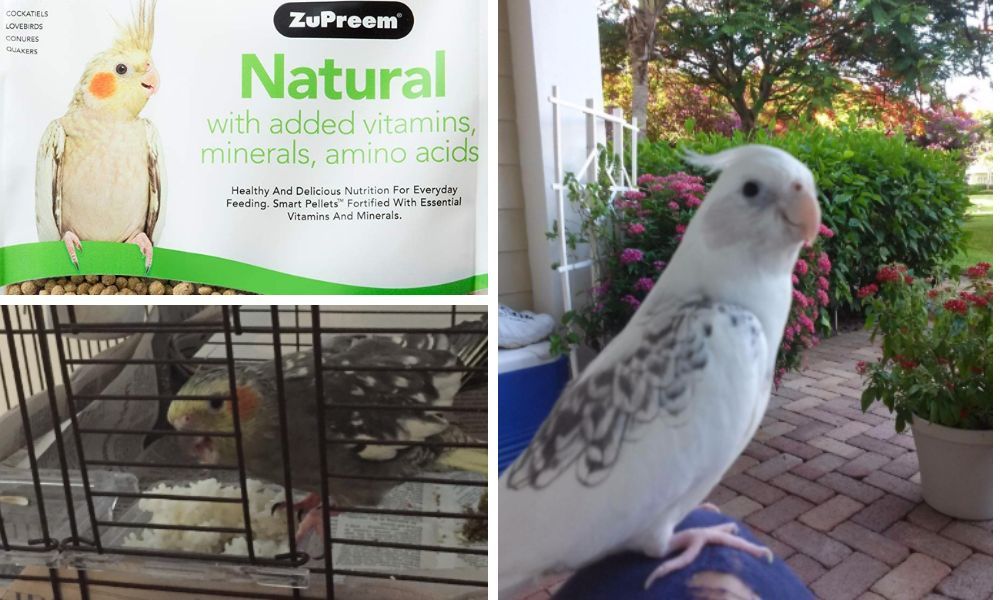
To encourage a varied intake, offer a mix that includes sunflower seeds, millet, and canary grass seeds. Be mindful of the fat content in seeds, as too much can contribute to fatty liver disease. Supplementing with pellets can also help provide a more balanced diet.
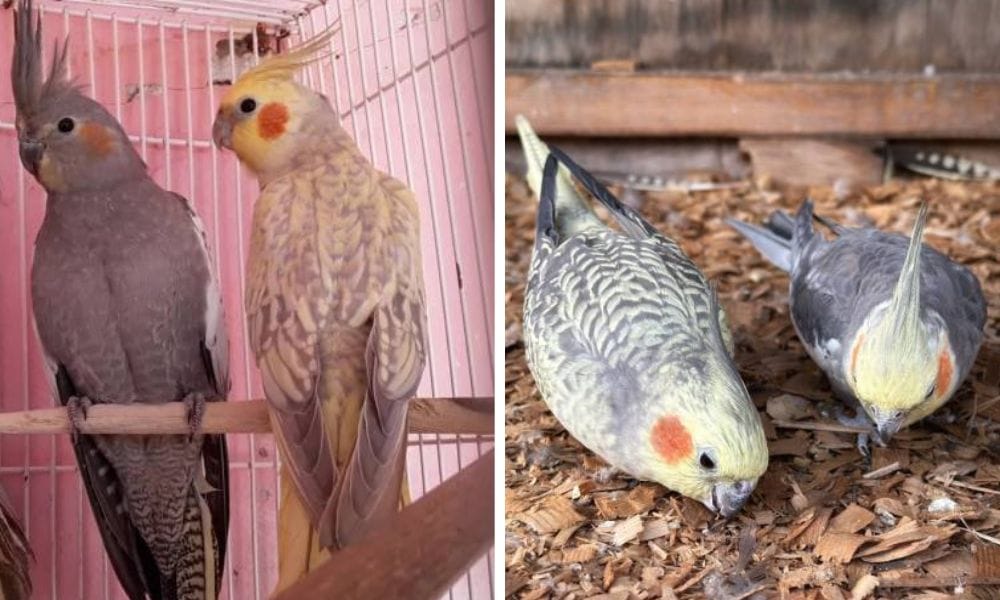
The Role of Fruits and Vegetables
Fruits and vegetables are essential for providing vitamins, minerals, and hydration to your cockatiel. They should be offered daily and can include options like apples, carrots, broccoli, and leafy greens. Ensure that all produce is thoroughly washed to remove any pesticide residue.
Introduce new fruits and vegetables slowly to allow your cockatiel to adjust to different textures and flavors. Some cockatiels may be hesitant at first, but with patience, they will often come to enjoy a wide range of produce.
Protein: An Essential Component
Protein is an important part of cockatiel's diet and can be provided through various sources. Cooked eggs, lean meats, and legumes are excellent options. These foods should be offered in moderation, as too much protein can lead to health issues.
When preparing protein sources, ensure they are cooked without any added oils or seasonings. Simple, plain preparations are best for your bird's health.
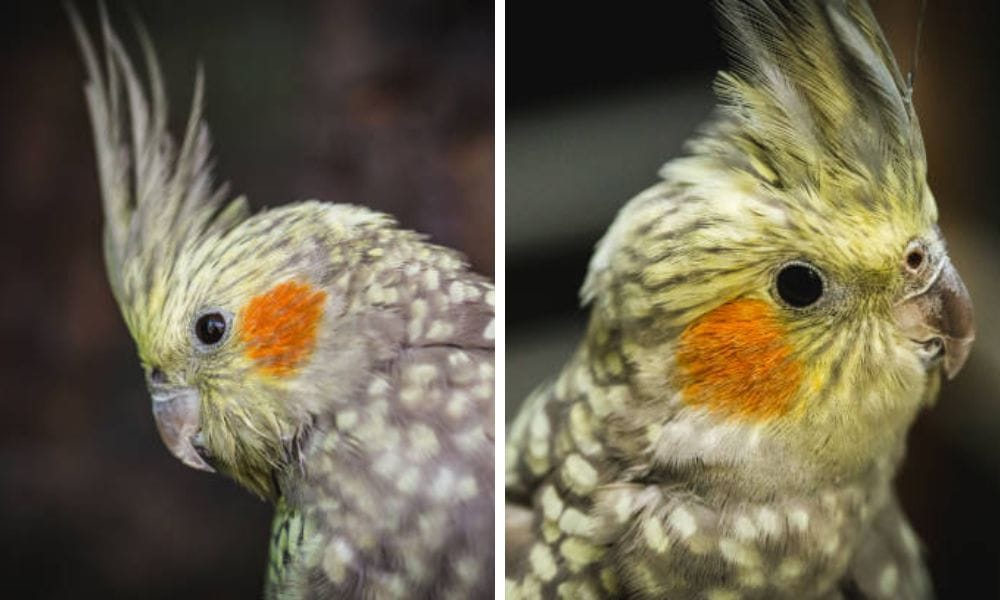
Hydration and Water Quality
Water is vital for all living creatures, and cockatiels are no exception. Fresh, clean water should be available at all times. Water bowls should be cleaned daily to prevent the growth of bacteria and ensure that your bird is drinking pure water.
Consider using filtered water to avoid any contaminants that may be present in tap water. Regularly check the water supply throughout the day, especially during warmer months, to ensure your cockatiel stays hydrated.
Supplements: When Are They Necessary?
While a varied diet should provide most of the necessary nutrients, there may be times when supplements are needed. This is especially true for birds that are molting, breeding, or recovering from an illness.
Consult with an avian veterinarian before adding any supplements to your cockatiel's diet. They can recommend specific vitamins or minerals based on your bird's individual needs.
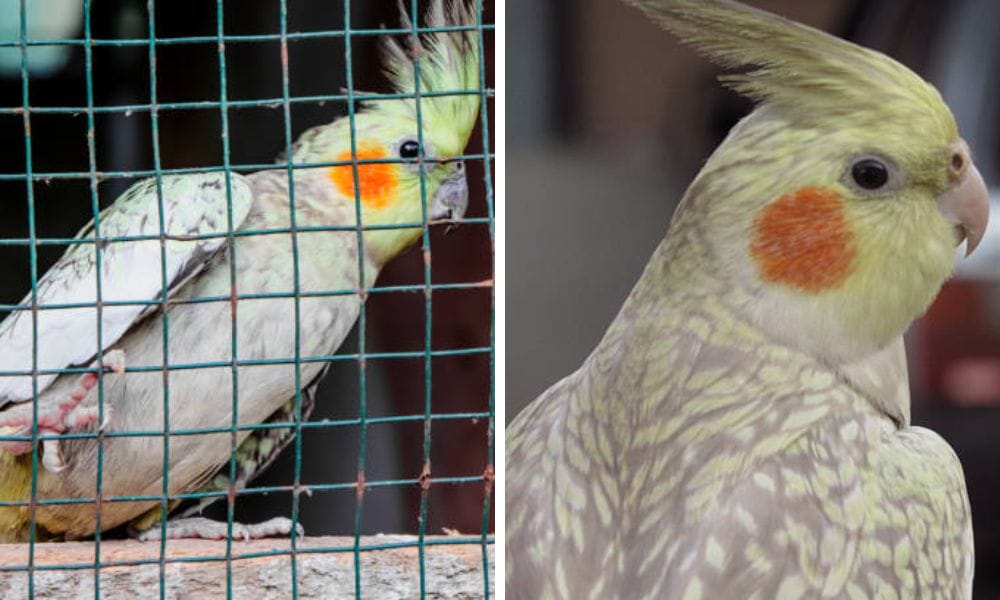
Recognizing the Pearl Cockatiel Mutation
Pearl cockatiels, often referred to as 'pearly tiels', are a stunning variety of the species known for their distinctive scalloped feather patterns. This sex-related genetic mutation initially discovered in captive cockatiels, gives them a unique appearance that sets them apart from the standard grey colors. The males exhibit a more pronounced pearling pattern, with their wings slightly covered in white or yellowish spots, resembling pearls, hence the name. The females, on the other hand, tend to retain these pearl markings throughout their lives, making it easier to distinguish between young males and females after their juvenile molt.
The pearl mutation can be combined with other color mutations, such as lutino cockatiels, which lack the grey pigment and display a yellow white bird with a yellow crest and orange cheek patch. There are also cinnamon pied pearly varieties, which combine the cinnamon mutation's warm, brownish tones with the pearl pattern. Breeders have even developed silver pearls and clear pied varieties, which further diversify the visual appeal of these birds. When observing these birds, one can't help but be captivated by their beauty, as each bird seems to have its own unique set of colored bars or horizontal bars on their feathers.
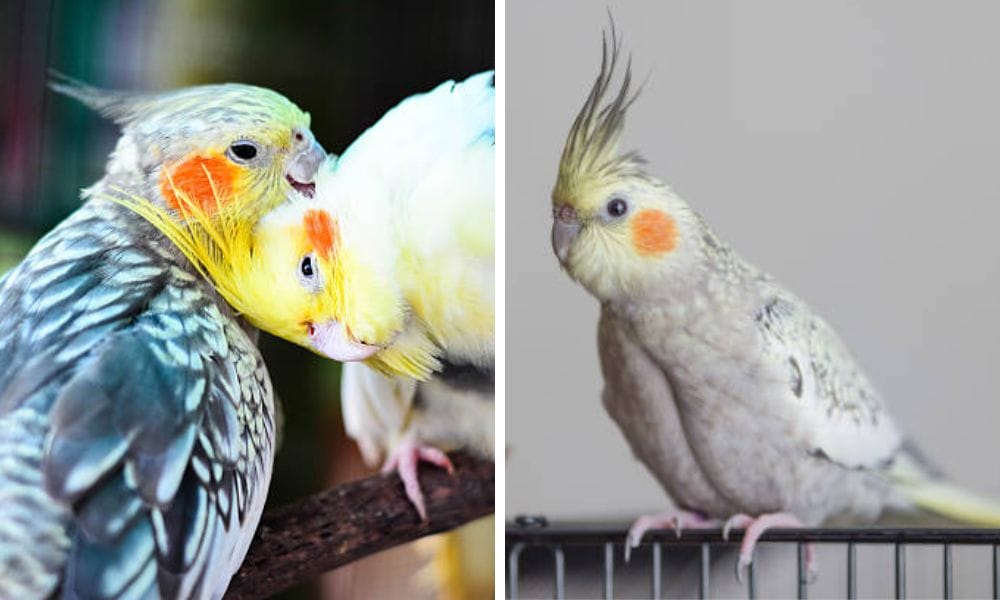
Understanding the Sex-Linked Genetics of Pearl Cockatiels
Pearl cockatiels exhibit a fascinating sex-linked genetic mutation that differentiates male pearls from female cockatiels. When a cockatiel displays the pearl pattern, it's often a sign that you're looking at a female, especially after their first molt. The males, on the other hand, may lose their pearling as they age, resulting in a more solid gray body. This genetic trait is linked to the X chromosome, and because females have two X chromosomes, the pearl trait is more prominently displayed and maintained in them. This sex-related genetic mutation is not just a visual spectacle but also a handy tool for breeders and owners to determine the sex of their birds. Initally, most Pearl cockatiels were female, and just recently, bird breeders started replicating the same on males.
The description of cockatiels with this mutation includes white wing bars on a gray body and a yellowish face, which can be more vibrant in males. Image credit for these stunning birds often goes to professional photographers who capture the intricate details of their plumage. It's important to note that while the pearl mutation is the first cockatiel mutation to be sex-linked, it's not the only one. Understanding these genetic nuances can help owners provide better care and even assist in breeding programs where specific traits are desired. The color pigment changes observed over time can be quite dramatic, making each bird a unique piece of living art.
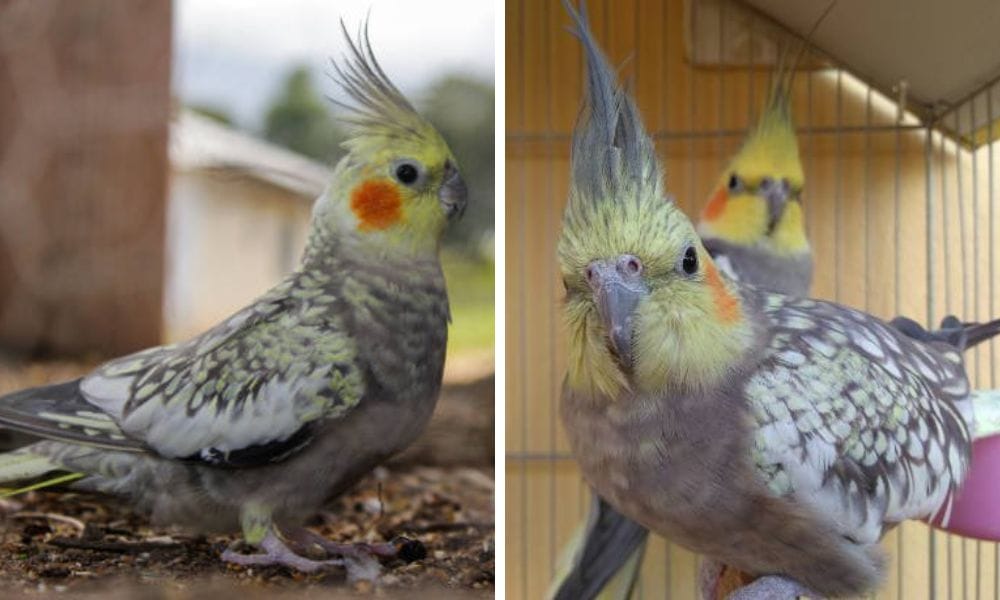
The Physical Differences Between Male and Female Pearl Cockatiels
When it comes to distinguishing between male and female cockatiels, there are physical characteristics beyond the color pigment that can be indicative of their sex. Female cockatiels generally have wider pelvic bones, which can be felt with a gentle examination, especially during the breeding season. This adaptation is nature's way of facilitating egg-laying. Additionally, females might have a rounder, more yellowish face compared to their male counterparts. These subtle differences are part of what makes sexing these parrots a bit of a challenge for the untrained eye.
Male pearl cockatiels, while they may start with the same speckled appearance as females, often lose their pearling after their first molt, resulting in a more uniform gray body. They are also known to be the "alarm clocks" of the aviary, as they are typically more vocal in the morning.
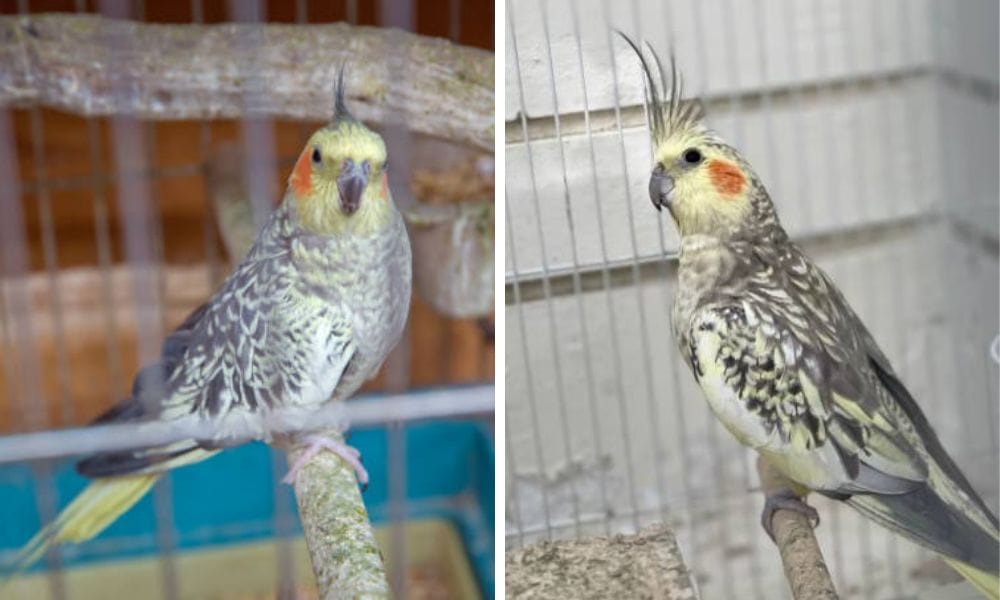
Diet Considerations for Different Cockatiel Mutations
When it comes to feeding cockatiels, or any specific breeders' prized birds like the white faced cockatiels or the pied whiteface, it's important to consider how their diet might affect their stunning plumage. For instance, the yellow pigmentation in lutino cockatiels and other yellow-faced varieties is influenced by the foods they consume. A diet rich in carotenoids can enhance the vibrancy of their yellow crest and orange cheek patch, making foods like sweet potatoes and carrots valuable additions to their meals.
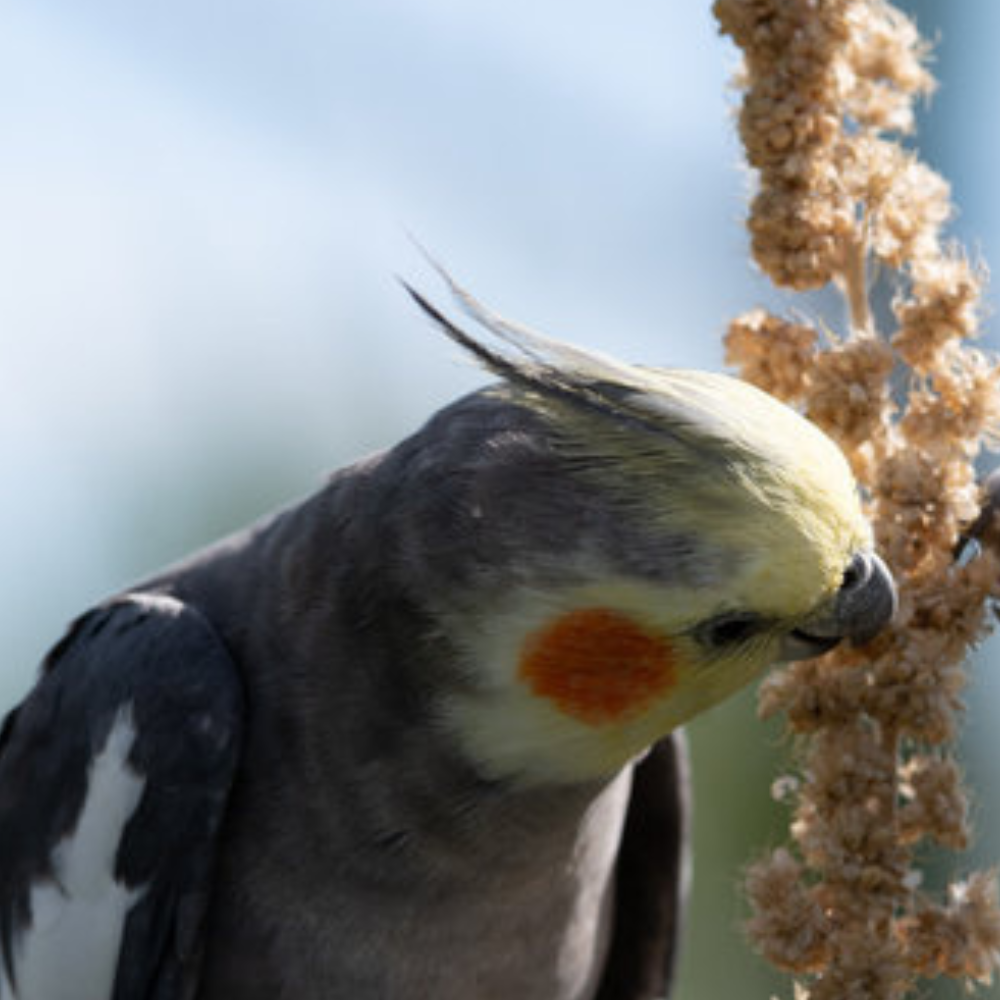
Moreover, the dietary needs of young cockatiels, especially during their juvenile molt, are critical for ensuring proper growth and feather development. During this time, a balanced diet that includes an adequate amount of protein is essential for the development of strong feathers and a healthy body.
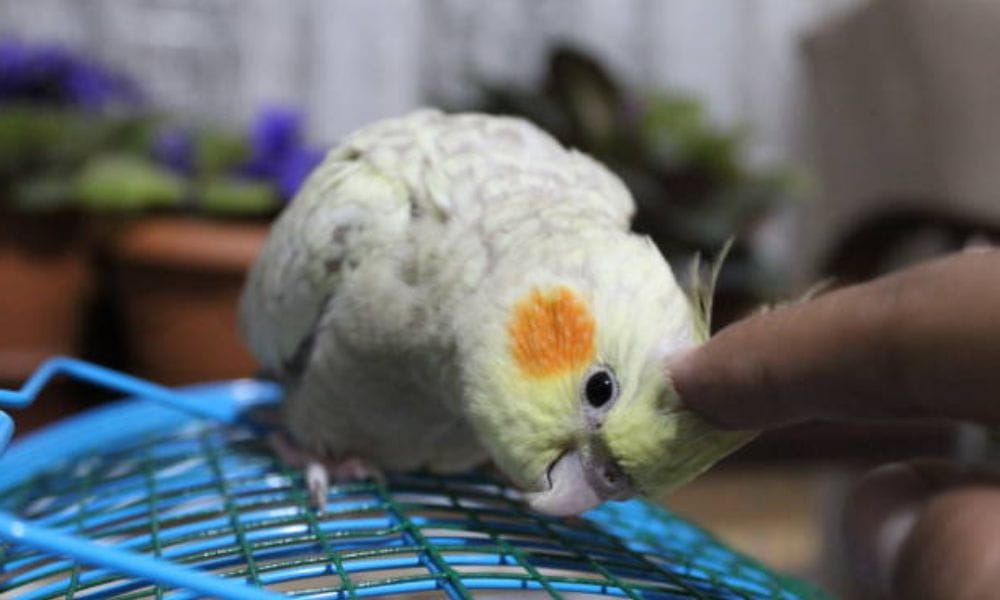
Avoiding Toxic Foods
Certain foods are toxic to cockatiels and should be avoided at all costs. These include avocado, chocolate, caffeine, and alcohol. Even small amounts of these substances can be fatal to your bird.
Always research or consult with a professional if you're unsure about the safety of a particular food. It's better to be cautious and prevent any potential harm to your feathered friend.
Monitoring Your Cockatiel's Diet
Regularly monitoring your cockatiel's diet is essential for catching any signs of nutritional deficiencies or health issues early on. Pay attention to your bird's eating habits, weight, and the condition of its feathers.
If you notice any changes, such as a decrease in appetite, nasal discharge, or red eyes, consult with an avian vet immediately. These could be signs of an underlying health problem that needs to be addressed.
The Impact of Diet on Behavior
Diet can have a significant impact on your cockatiel's behavior. A well-fed bird is more likely to be active, social, and less prone to developing behavioral issues. On the other hand, a poor diet can lead to lethargy, aggression, and even self-mutilation.
By providing a balanced diet, you're not only supporting your cockatiel's physical health but also its mental well-being.
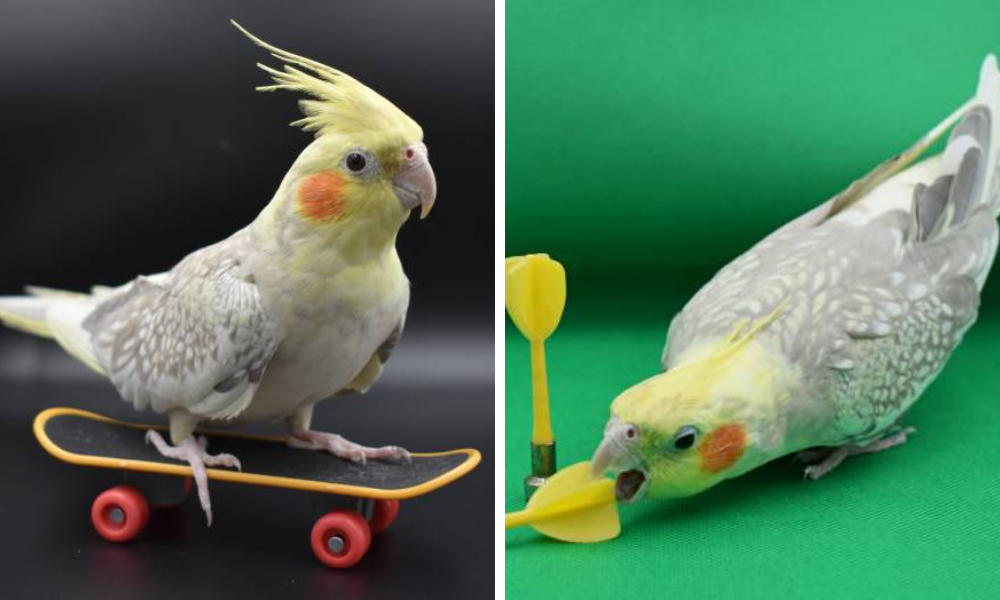
Seasonal Adjustments to Diet
As seasons change, so might the dietary needs of your cockatiel. During colder months, they may require more calories to maintain their body temperature, while in the summer, they might benefit from lighter, more hydrating foods.

Be observant and adjust your cockatiel's diet accordingly, always ensuring that their nutritional needs are met throughout the year.
The Role of Foraging in Diet
Foraging is a natural behavior for cockatiels and can be encouraged even in captivity. Providing foraging toys, perches and hiding food around their cage can stimulate their minds and mimic the wild behavior of searching for food.
This not only provides mental stimulation but also encourages physical activity, which is beneficial for their overall health.
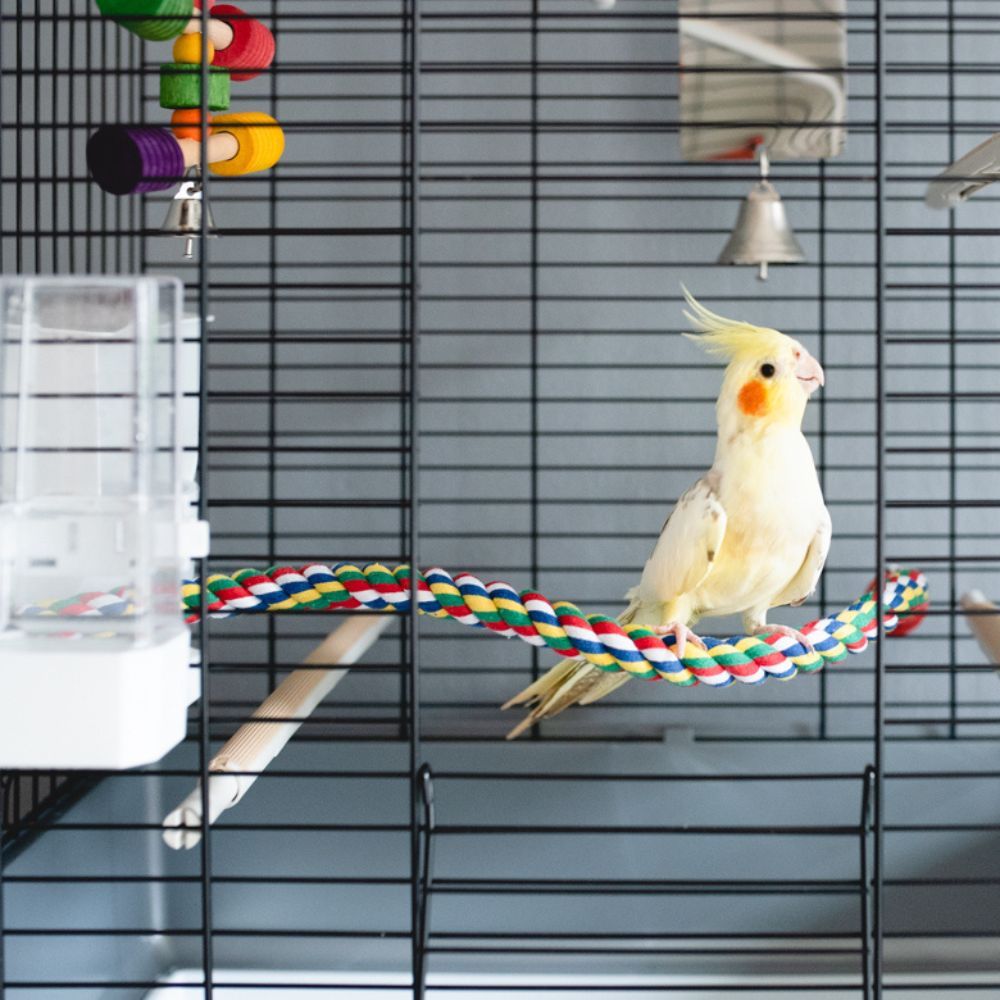
Homemade Treats vs. Store-Bought
While store-bought treats can be convenient, homemade treats allow you to control the ingredients and ensure they're healthy for your bird. Simple treats can be made from a mix of seeds, fruits, and vegetables.
Always offer treats in moderation, as they should not replace the main components of your cockatiel's diet.
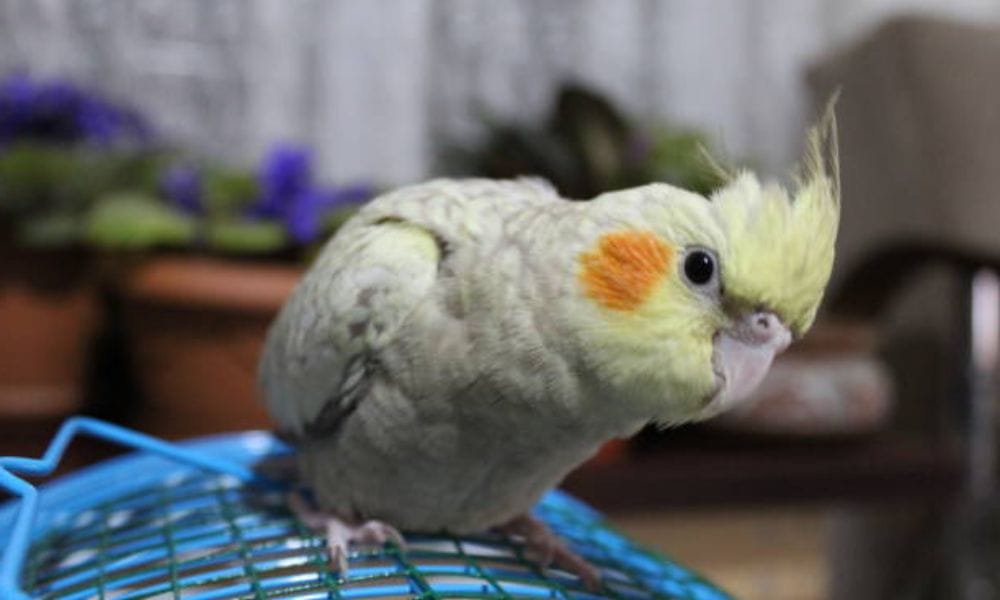
The Importance of a Consistent Feeding Schedule
Cockatiels thrive on routine, and a consistent feeding schedule can help regulate their body functions. Aim to feed your bird at the same times each day and in similar amounts.
This consistency helps prevent overeating and ensures that your cockatiel is getting the right amount of food each day.
Summary
A healthy diet is the cornerstone of a long and happy life for your pearl cockatiel. By providing a balanced mix of seeds, fruits, vegetables, and proteins, ensuring clean water, and avoiding toxic foods, you can help your pet bird thrive. Regular monitoring and adjustments to their diet, along with veterinary guidance when needed, will keep your cockatiel's tail feathers shining and their spirits high.
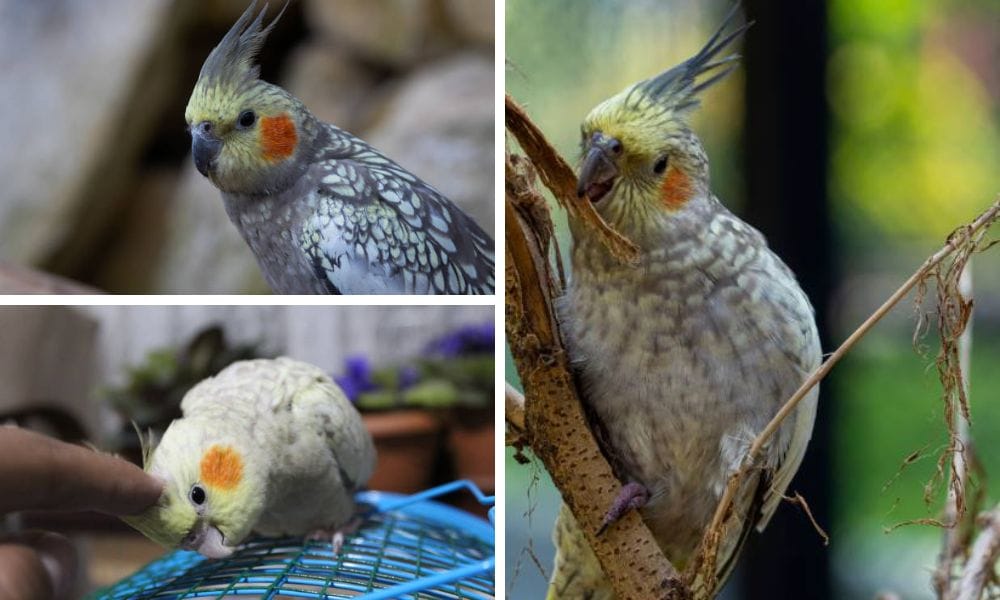
FAQ Section
Q: How often should I feed my pearl cockatiel fruits and vegetables? A: Fruits and vegetables should be a daily part of your pearl cockatiel's diet. They provide essential nutrients and hydration that seeds alone cannot offer.
Q: Can pearl cockatiels eat meat? A: Yes, pearl cockatiels can eat small amounts of lean, cooked meat as a source of protein. However, it should be given in moderation and without any added seasonings or oils.
Q: How can I tell if my cockatiel is not getting a balanced diet? A: Signs of an imbalanced diet in cockatiels include changes in behavior, poor feather quality, weight loss or gain, and general lethargy. If you notice any of these signs, consult with an avian veterinarian for advice.

